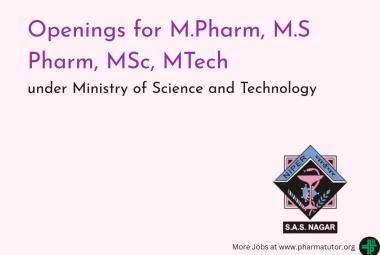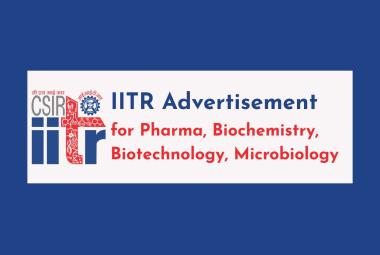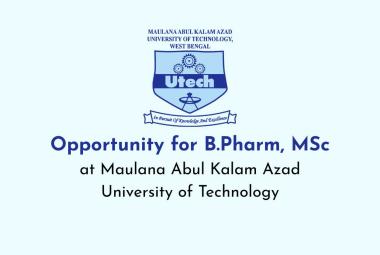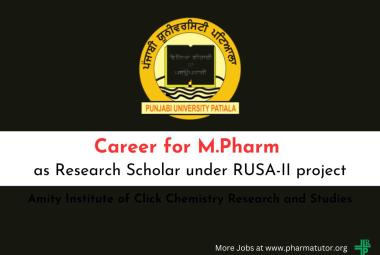Vinay Kumar Singh
General Manager-Technical,
Mikasa Cosmetics Limited,
Ahmedabad, Gujarat
vinay.s@mikasacosmetics.com
I thought of writing on this topic because of two reasons.
a) Products used for Feminine Hygiene are to be applied topically, thus could be like Cosmetics. I had an opportunity to research on this product segment. At Mikasa Cosmetics Limited, Ahmedabad, We have developed various such Products for the benefit of most important section of our Society-Female.
b) Secondly I spent my childhood in village where I have witnessed that most household was lacking basic facility like toilet and the sufferer used to be women and girls. I really wonder whether they were having access to even basic requirement of their body, which in our country is big taboo in spite of the fact that one need to use proper product and practice right method to take care of it.









